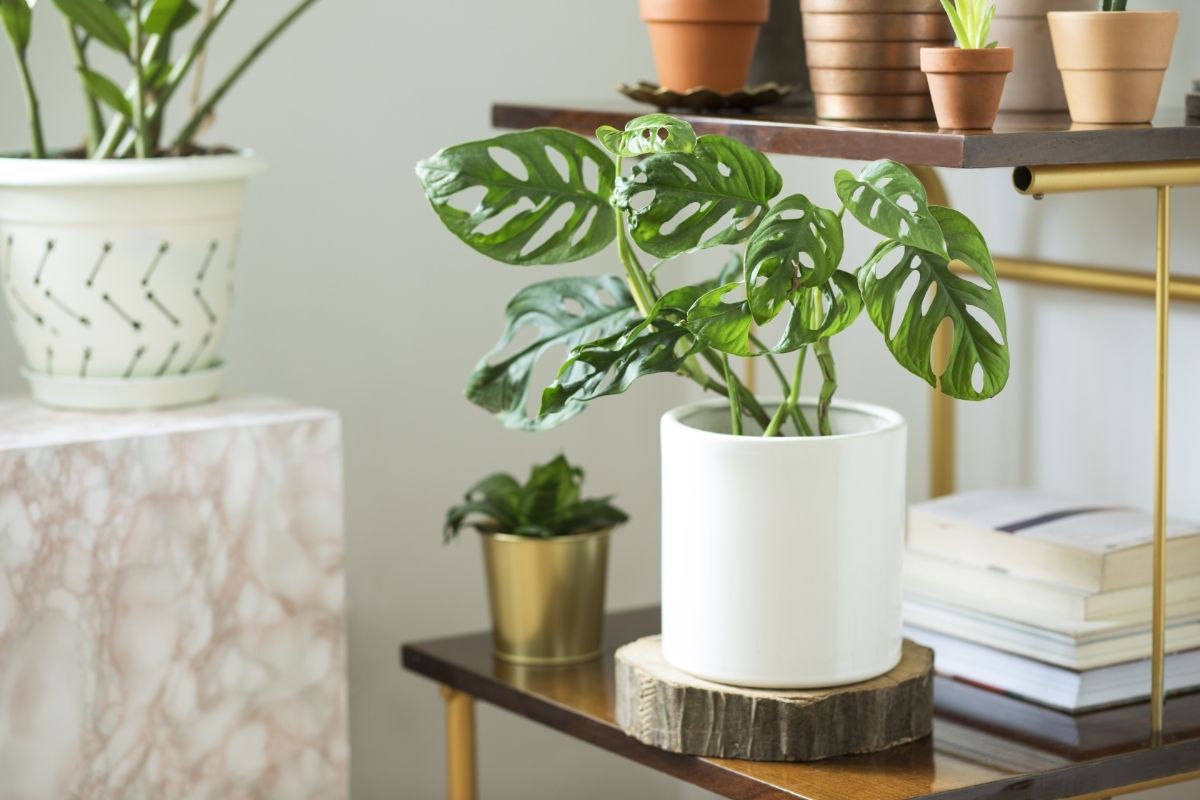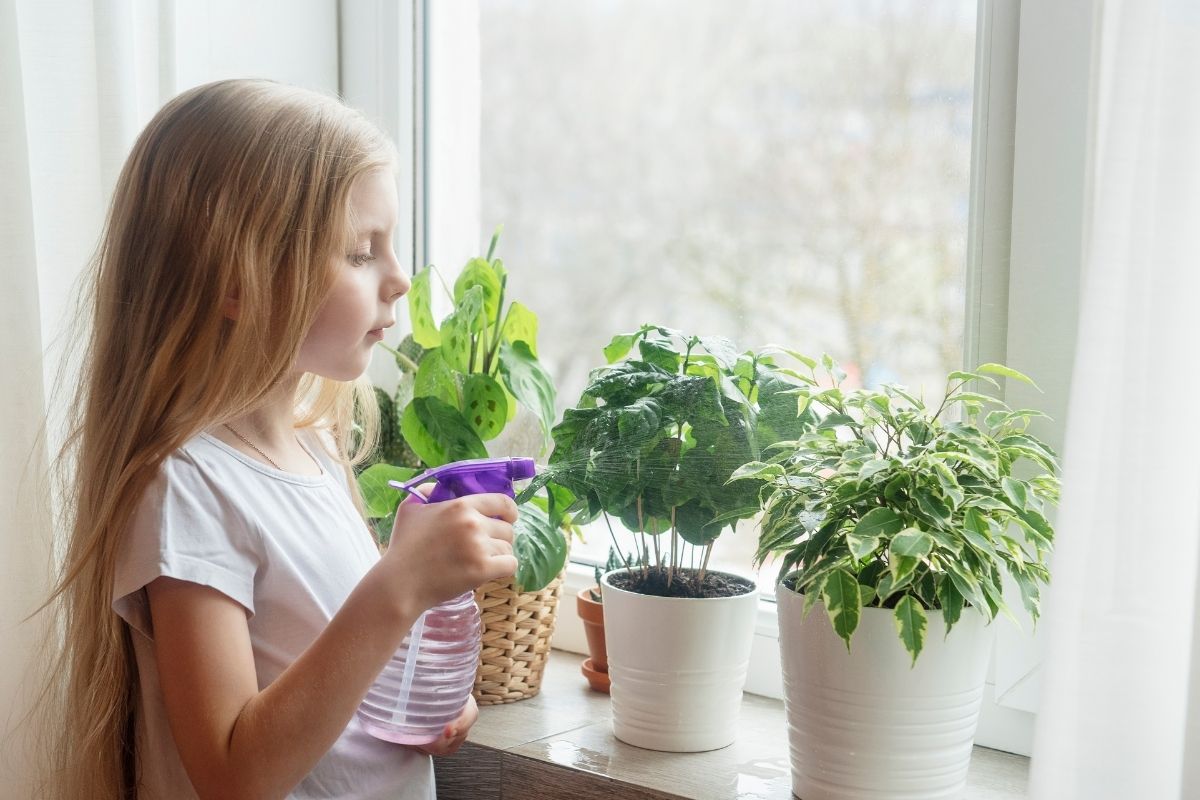While a cactus is a plant that requires low maintenance, it still needs good soil, water and light. If it doesn’t get these essential things to survive, then it may turn brown or yellow.
You can leave a cactus plant for a long period of time without watering. Some cacti even bloom during these long starvation periods.

However, you can’t let your plant go without water or important nutrients for too long or it might not survive.
In this article, we take a look at the reasons why your cactus turns yellow.
Reasons Why Your Cactus Turns Yellow Or Brown
Cacti are popular plants because they are very easy to care for and they don’t require constant watering.
Although easy care is what makes cacti great households, they still need the right conditions to survive.
A cactus turning from green to yellow indicates that it is missing vital nutrients, light or water.
Before you can fix the problem, you need to find out what your cactus is missing and then make a small adjustment.
Cacti don’t need much to thrive but make sure to check out the below reasons why your cactus plant is turning yellow.
Not Enough Watering
Overwatering or underwatering is one of the most common reasons why bright green plant leaves turn yellow or brown.
Although a cactus can go without water for a long time, it still needs some watering to survive.
In its native desert environment, a cactus conserves water as much as possible, collecting this vital life source from the morning dew.
On your window sill at home, your cactus cannot absorb water in the same way as in the wild. This means that you need to water your plant every week.
Half a cup of water is sufficient for your cactus to sustain itself.
This being said, keep in mind that your cactus needs more water during the growing season of summer and spring.
If it doesn’t get enough water at this essential time of its life, then it may look shriveled or turn yellow.
Watering Too Much
A cactus can store a large amount of water which means that you shouldn’t overwater your desert plant.
If it receives too much water, then the air inside the plant cannot move down to the roots which makes the cactus skin go yellow.
Too much water also leads to bacteria and fungi growth which makes your cactus go yellow, then brown and it will eventually die.
Not Enough Light
Another reason that your cactus may be turning yellow is that it doesn’t get enough light.
The amount of light your cactus needs depends on the specific species. Keep in mind that placing a cactus on a windowsill in direct sunlight can lead to sunburn.
Try to move your cactus away from direct light for a few days, and check if the yellow color recedes. If it does, then you know that your cactus species is more sensitive to light.
As a rule of thumb, most cactus plants like a sunny spot in the morning when it’s cool, and a shady place in the afternoon.

Wrong Soil Type
Cacti need well-drained soil that allows them to absorb water and nutrients over time. Heavy soils, such as clay soil, retain water for too long leading to root rot.
Once the roots of your cactus start to rot, your plant’s skin turns yellow and brown.
Make sure that your cactus is in a good-sized container that’s not too big. Bigger pots hold water for too long.
If you notice your cactus turning yellow, then try adding some sand to the soil.
Bugs And Pests
Just like other houseplants, cacti can suffer from bug and pest infestations. Spider mites, mealy bugs, scale insects and snails can live off the cactus’ plant juices.
If your cactus suffers from a bug infestation, then this is usually easy to spot because the little critters leave tiny marks on your cactus.
This being said, bugs appear in numbers and they are usually visible to the eye. If your cactus is under attack from bug colonies, you will notice your plant turning yellow.
Wrong Temperature
A cactus is used to extreme temperature changes. In the desert, the nights are freezing cold and the days swelteringly hot.
However, the climate is very different in your home. Usually, a house has a certain humidity level due to breathing and cooking.
But there is no air movement which means that the temperature in your home is humid all the time.
The soil absorbs moisture from the air which means the cactus is most likely overwatered. That’s why, its skin turns yellow or brown.
Check the moisture levels in the air in your home and then adjust your watering habits for your cactus.
Not Enough Nutrients
The lack of the right nutrients can also cause cacti to go yellow or brown. Just like other plants, cacti need to absorb nutrients through their roots to thrive.
If the roots of the plants are rotting, then they can’t absorb these vital minerals. Check for any signs of root rot and replant the cactus in fresh soil if you spot root rot.
How To Check If Your Cactus Gets Enough Water
One of the most common causes of cacti turning yellow is overwatering and underwatering.
In order to check whether you are giving your cactus plenty of water, just insert one of your fingers into the soil and check how dry it is.
If the top two inches of the soil in the cactus container are dry, then you can water your plant.
Alternatively, you can check the moisture level in the soil with an electronic moisture meter. However, these devices aren’t cheap but they can be worth it if you have a lot of cacti.
Final Thoughts
Your cactus may be turning yellow because it gets too much light or water. Some bug infestations and wrong soil types can also cause yellowing in cacti.
- Best Hanging Plant For Low Light - September 4, 2023
- Best Indoor Plants Florida - August 28, 2023
- Best Plants For Bathroom Smells - August 21, 2023








